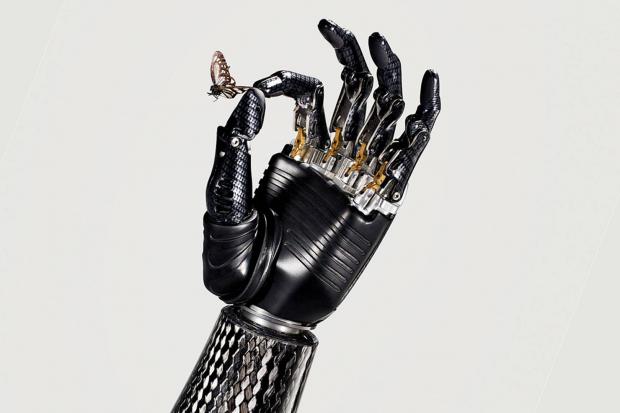
Breaking News
 BREAKING: Federal Agents Descend on Suspected Somali Fraud Sites in Minneapolis (VIDEO)
BREAKING: Federal Agents Descend on Suspected Somali Fraud Sites in Minneapolis (VIDEO)
 BREAKING: Federal Agents Descend on Suspected Somali Fraud Sites in Minneapolis (VIDEO)
BREAKING: Federal Agents Descend on Suspected Somali Fraud Sites in Minneapolis (VIDEO)
 Aargh! Letters of marque would unleash Blackbeard on the cartels
Aargh! Letters of marque would unleash Blackbeard on the cartels
 How a Barter System Could Sustain Communities During a Supply Chain Collapse
How a Barter System Could Sustain Communities During a Supply Chain Collapse
Top Tech News
 EngineAI T800: Born to Disrupt! #EngineAI #robotics #newtechnology #newproduct
EngineAI T800: Born to Disrupt! #EngineAI #robotics #newtechnology #newproduct
 This Silicon Anode Breakthrough Could Mark A Turning Point For EV Batteries [Update]
This Silicon Anode Breakthrough Could Mark A Turning Point For EV Batteries [Update]
 Travel gadget promises to dry and iron your clothes – totally hands-free
Travel gadget promises to dry and iron your clothes – totally hands-free
 Perfect Aircrete, Kitchen Ingredients.
Perfect Aircrete, Kitchen Ingredients.
 Futuristic pixel-raising display lets you feel what's onscreen
Futuristic pixel-raising display lets you feel what's onscreen
 Cutting-Edge Facility Generates Pure Water and Hydrogen Fuel from Seawater for Mere Pennies
Cutting-Edge Facility Generates Pure Water and Hydrogen Fuel from Seawater for Mere Pennies
 This tiny dev board is packed with features for ambitious makers
This tiny dev board is packed with features for ambitious makers
 Scientists Discover Gel to Regrow Tooth Enamel
Scientists Discover Gel to Regrow Tooth Enamel
 Vitamin C and Dandelion Root Killing Cancer Cells -- as Former CDC Director Calls for COVID-19...
Vitamin C and Dandelion Root Killing Cancer Cells -- as Former CDC Director Calls for COVID-19...
 Galactic Brain: US firm plans space-based data centers, power grid to challenge China
Galactic Brain: US firm plans space-based data centers, power grid to challenge China
Engineer demonstrates £500 bionic hand he built using artificial intelligence...

A Texan man has built his own bionic hand using artificial intelligence (AI) after three years of research.
After finding most bionic hands can cost up to $150,000, Ryan Saavedra, 27, set out to create one at a fraction of the cost.
The prosthetic he created, called the Globally Available Robotic Arm (GARA), measures electrical activity of muscle tissue – a method called electromyography (EMG) – and combines this with AI to predict hand movements.
When attached to the limb of an amputee, it is capable of intuitive finger movements and clasping objects such as cups.
Saavedra's company, Alt-Bionics, has already made a prototype that costs less than $700 (£520) to produce, and is now working to commercialise the device.
Alt-Bionics, which was founded in June 2020, will be manufacturing bionic hands for those with below-elbow amputations or congenital disorders, and later plans to expand to other areas of prosthetics.
It aspires to develop 'affordable bionic prostheses for those who could otherwise not afford them'.
'I learned that these devices can range anywhere from $10k to $150k,' said Saavedra, CEO and founder of Alt-Bionics and an engineering graduate at the University of Texas at San Antonio.
'As an engineer, and having worked with some familiar components, this didn't seem right to me.
'I decided to try to learn as much as I could about bionic prostheses and set out to try and build one for much less.'



